It can be intimidating to get back into a fitness routine if you have been on a hiatus. It is also frustrating to tailor a workout plan to your health concerns and goals using endless, even contradictory, fitness advice found online, most of which is marketed to young men.
Note: This post was previously published on November 10, 2021. We’ve since updated it with new information and insights, and are sharing it again today.
Therefore, I’ve tackled some of the intimidating initial steps between your sneakers and the treadmill. Read on for tips on how to feel confident working out while avoiding joint pain and injury. You can reach your goals and feel fit and fab at fifty and beyond. Now is a good a time as ever to reinvent yourself.
YES! I LOOK FORWARD TO #GROWINGYOUNGER
PLEASE SUBSCRIBE ME TO YOUR MAILING LIST.
Cardio: Fit and Fab at Fifty and Beyond
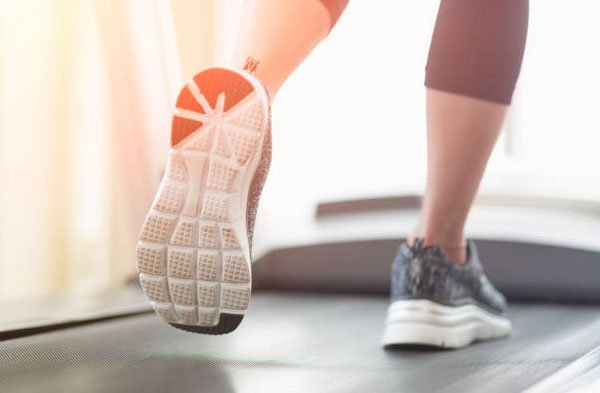
If you are just getting back into a routine, start slow and steady to build your endurance – speed will come later. Push yourself five minutes more each day until you can manage 30-60 minutes of aerobic exercise for four to five days a week. If you are concerned with joint pain, consider swimming or aqua jogging, recumbent or stationary biking, elliptical training or walking to minimize strain on your joints.
After you have achieved basic endurance, maintain one to two days of light aerobics, and push on the other two to three cardio days each week to reach 70-80% of your maximum heart rate for 30-60 minutes. Get a heart monitor to help drive yourself toward the second metabolic gear. Once you are conditioned for high aerobics (no need to rush this), you can add in two to three weekly sessions of interval training, attaining anaerobic metabolism at 85% of your maximum heart rate. Create your own HIIT (High Intensity Interval Training) workout on a cardio machine by repeating three-minute intervals of increasing intensities: start off the first minute at a light intensity, increase to a moderate intensity for the second, and, in the third minute, get your heart rate up to 85% of its maximum. Four to six minutes total is enough – you should keep HIIT short but intense, according to experts.
Strength Training: Fit Over Fifty
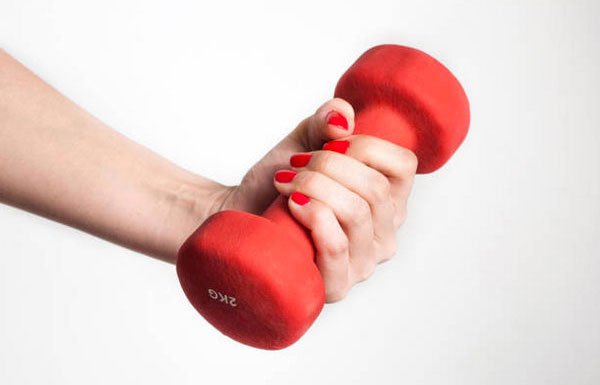
While often times neglected in popular women’s fitness discussions, strength training is essential throughout the decades of your life to improve power and balance and prevent injury. In addition, it maintains bone mass to fight osteoporosis and extends your metabolism throughout the day. Below are some tips on how to begin a strength training program for women in their forties.
1. Frequency
If you have less than six months of strength training experience, aim for a full-body workout three times a week. Research has shown that beginners benefit more than intermediate trainees from training three days a week.
If you have been strength training consistently for at least six months, I recommend training four days a week with an upper/lower body split. This allows you to hit each muscle group twice in a week while also targeting more muscles than are practical for a three-day program. However, three-day workouts will also yield results, and two days is the minimum needed to support growth.
2. Volume
The optimal weekly volume for each muscle group is 60-120 reps for large muscle groups (e.g. chest, back and quads) and 30-60 for smaller muscle groups (e.g. biceps, triceps and calves), since smaller muscles are utilized in compound exercises. Use this standard to start, but listen to your body.
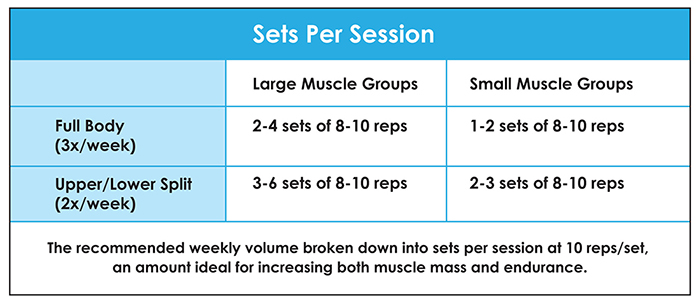
3. Intensity
It is especially important as you age to warm up before jumping into high intensity exercises. Consider beginning your lifts with up to four warm up sets. If you are running short on time or energy, cut sets from the workout rather than the warm-up. Between sets, rest for 30-60 seconds to prepare for another heavy set without losing the metabolic boost.
How much weight should you use? Start slow and progress gradually. Only add as much weight as you can comfortably perform the exercise while maintaining proper form. If you feel yourself losing form, then you are at risk of injury. As a general rule, add 10% more weight each week.
4. Equipment
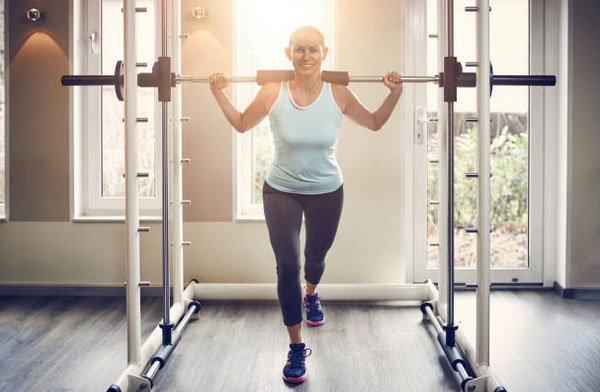
Compound Exercises vs. Machines
Compound exercises are better than machines and a good ROI (return on your investment) because they recruit multiple muscle groups simultaneously, including abs. You should sequence them at the beginning of your workout to avoid prematurely tiring out the smaller muscles at the risk of injury. Examples of compound exercises include the squat, deadlift, bench press, military press, dips, pull ups and bent over rows.
Alternatives to Barbells
However, if you suffer from joint pain, focus on dumbbell exercises, cable machines, bodyweight exercises and isolation machines instead of barbells. You can try static lunges instead of walking lunges and modify barbell powerlifts (e.g. the squat, bench press and deadlift):
- Use a neutral grip (palms facing each other)
- Safety bar squat or a gym ball assisted squat
- Trap bar deadlift
- Incline or dumbbell bench press
In addition, determine whether unilateral (one leg) or bilateral (two-legged) lower body exercises feel better for your knees, hips or back.
Barbell Pad
In case you haven’t heard, the glute raise is an essential booty blaster. I highly recommend investing in a thick barbell pad (if your gym doesn’t have one) since the bar can uncomfortably dig into your pelvis. Before progressing to the barbell, start with bodyweight glute bridges and add elastic bands or weighted plates. Beyond aesthetics, it is important to strengthen the glutes because the hamstring is a commonly injured muscle. To prevent injury, train the glutes and both of the hamstring’s essential functions – hip extension and knee flexion. (Don’t rely on leg curls alone to train the hamstrings.)
Fit and Fab Over Fifty Conclusion
Hopefully this article has prepared you with an attack plan for the gym. Overall, aim to exercise six days a week, including four to five days of cardio and three to four days of strength training. If you are just starting out, be patient and work up to this routine gradually. Every bit counts! Stick with it, and you can feel fit and fab for years to come.
– Christina Como
You may like to read more fitness posts like 9 Unhealthy Health Food Trends to Avoid and The Real Skinny on Weight Loss in Menopause.
Sources: pubmed.gov, orthoinfo.aaos.org, ashleykfit.com, onnit.com/academy, thisisinsider.com, niashanks.com, fitmole.org
Photos: iStock
Are you following Fountain Of 30 on Facebook, X, Instagram and Pinterest? We’ve got lots going on, so join in on the fun! Subscribe to our newsletter here. You don’t want to miss a post and promise not to bug you to death. Join our Facebook Group called Growing Younger where women discuss everything good and bad about being over 50. Additionally Lauren hosts a bi-weekly podcast called Beauty is a Bitch! and an Instagram Live series called “Growing Younger Gabfest with Lauren.
Please pin!
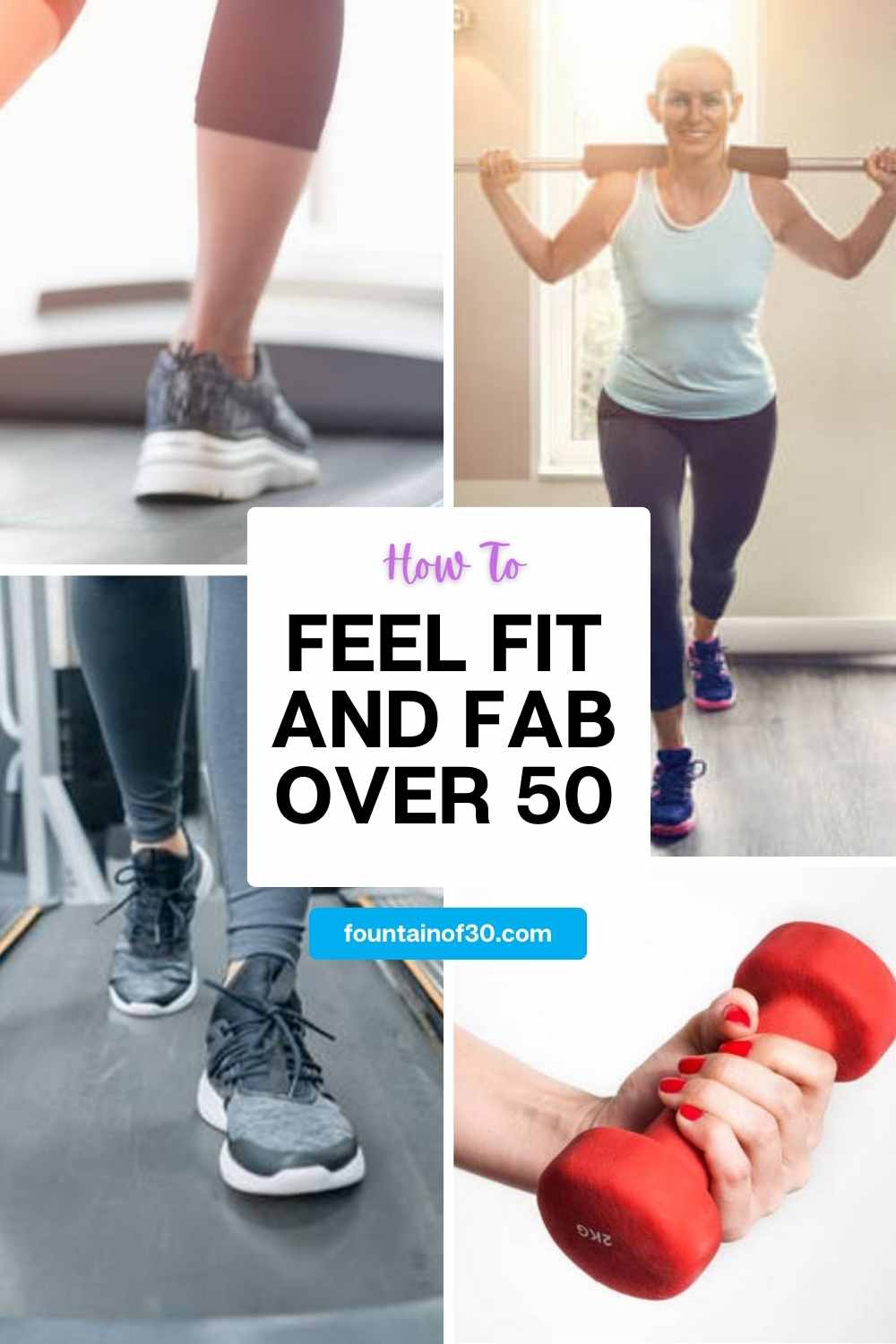
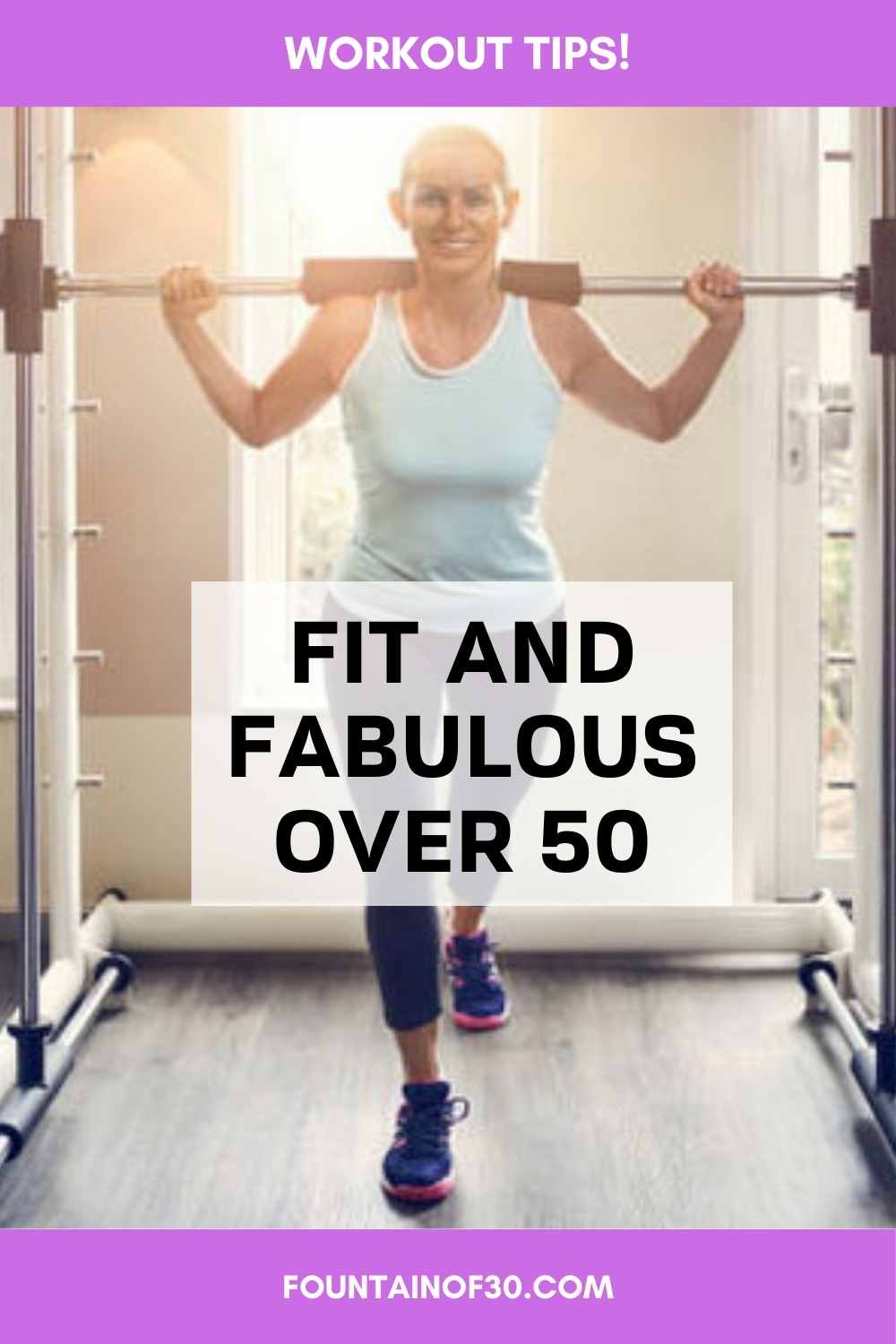

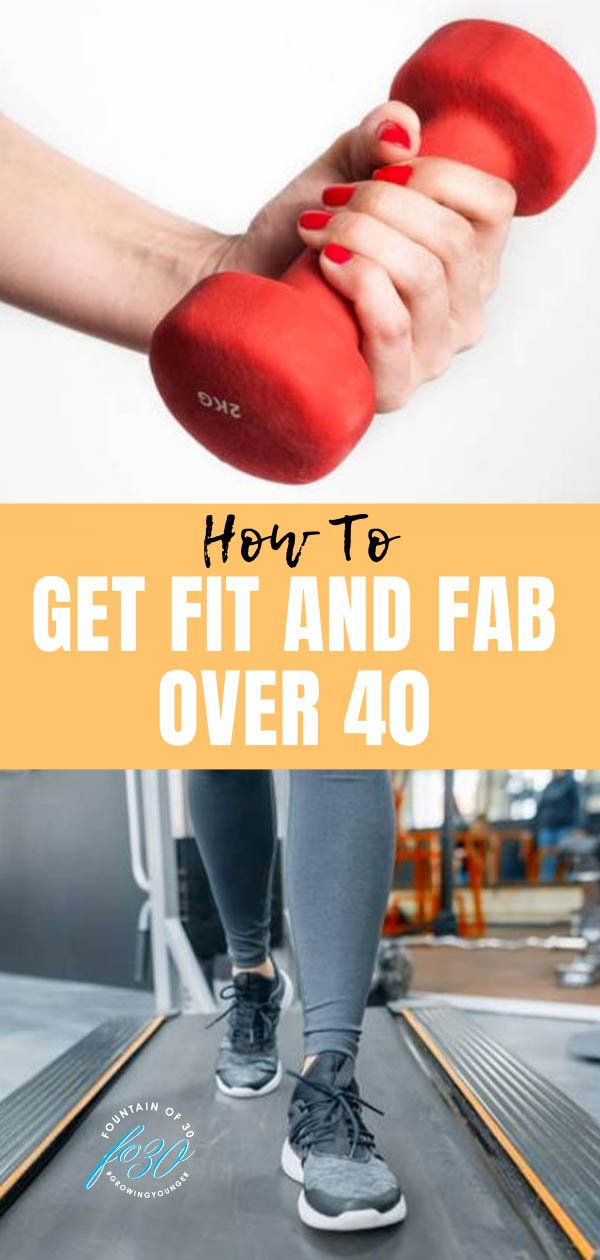
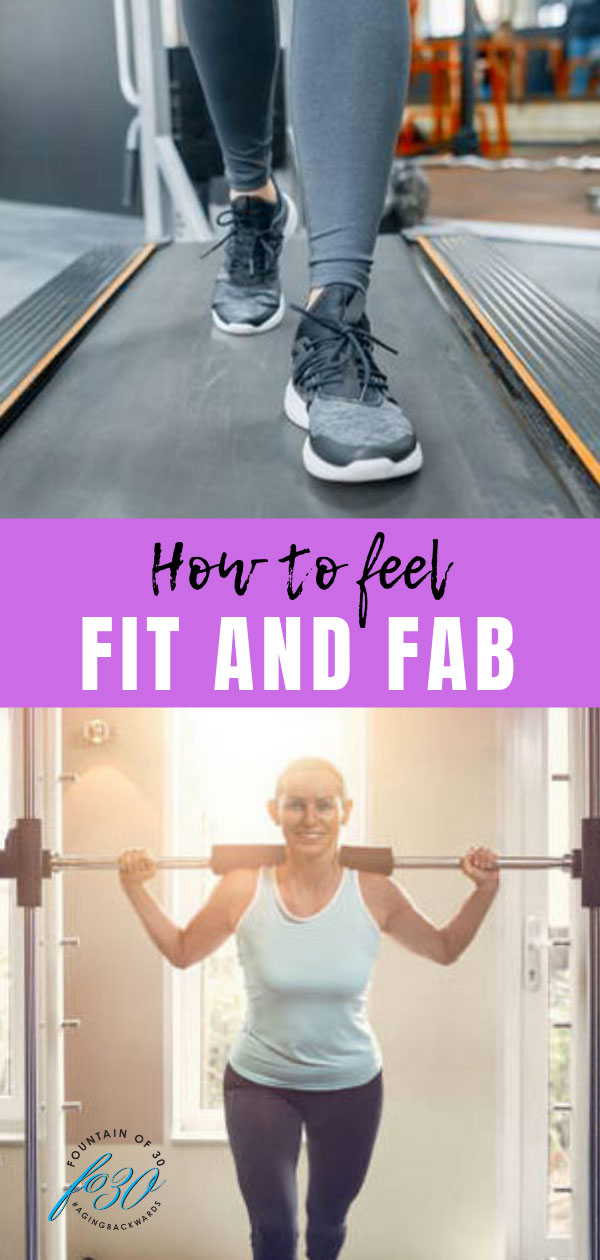

I am not as active as I should be but try to get in a 30-minute walk everyday.
Very motivational and inspiring article. Thanks for sharing.